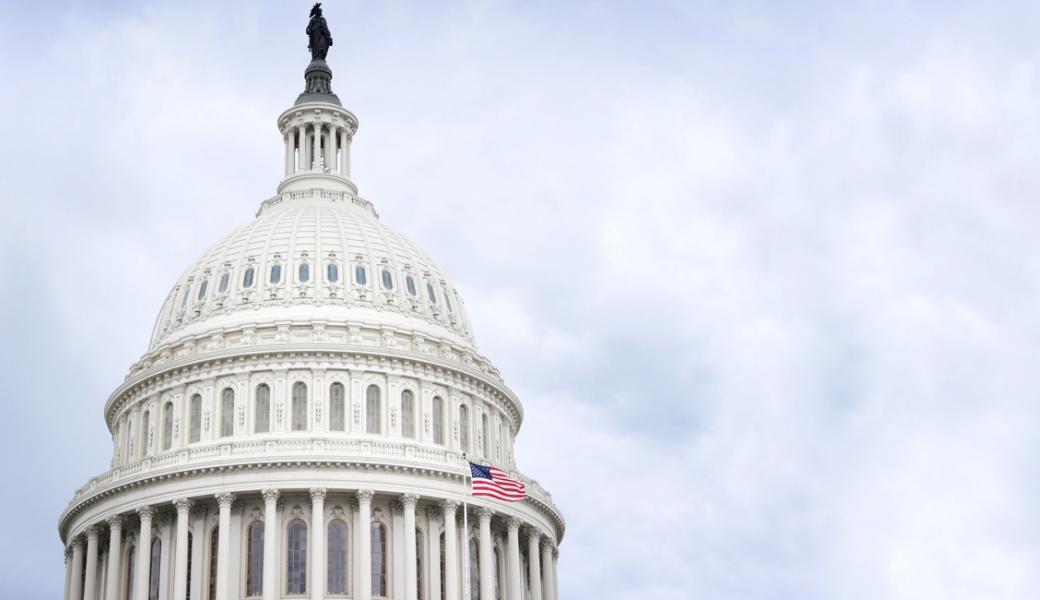When To Engage: Inside Look At Lobbying Decisions - Part One

The RV Industry Association’s government affairs team works diligently each day, at both the federal and state levels, to advance RV-friendly policies and defend against initiatives that would be detrimental to the industry. Today, we are starting a brand-new three-part mini-series explaining each step the state team considers in determining which legislation to lobby.
This series will provide a “behind-the-scenes” glimpse into what the government affairs team has accomplished - far in advance of sharing the passage (or failure) of a bill. For this series, the focus will solely be on defensive lobbying—not on the proactive efforts to pass legislation beneficial to the industry.
So far this year, the Association’s state government affairs team has reviewed over 4,000 bills. Nearly 400 of them have been flagged for further action. But how is the determination made as to whether to watch the bill, take minor action, or release the full power of our state lobbyists?
Step one: determine why the legislation was introduced.
CONFIRM THE MOTIVATION OF THE BILL SPONSOR
Determining the source and motivation behind a legislative effort is an incredibly important first step in determining if and how the state team gets involved. With 50 states that may have very fast-moving state legislatures and finite department resources. This helps us in prioritizing where best to expend our time and energy.
For instance, a legislator may not actually be very motivated to move the legislation forward; or they could have introduced the bill as a wish-list or negotiating point, knowing that it has no real-world chance of passing as it stands; or they could be very passionate about the issue personally and are determined to pass the legislation. Ultimately, it is wasteful to expend a significant amount of energy in lobbying for or against a bill that the bill sponsors themselves don’t believe in.
WE ARE ONE OF MANY
It is important to note that not only does the government affairs team have to consider the will of the legislators, but they are not the only entity out there seeking to influence policy. The team is one of many associations, groups, organizations, coalitions, etc., who are involved in these same political efforts attempting to exert influence; it can be a careful chess game to make sure our voice is heard above the noise and has a real impact.
Determining which stakeholders are supporting a bill is important because the team needs to know who they are up against, or with whom they are working in concert; if the bill is only being supported by one small organization with no real political reach, that is a much different opponent than facing a large coalition of groups who represent constituents in many districts across the state, or an important constituent who is passionate about the issue at hand and is well-connected.
This is all vital information to ascertain before stepping in and lobbying on a bill. Stay tuned for more next week when we cover step two!
Did you find this interesting? Then you may also enjoy our Driving Policy monthly webinars. Sign up today for next week’s webinar on Wednesday, August 21 at 2pm ET!
Please Sign in to View
Log in to view member-only content.
If you believe you are receiving this message in error contact us at memberservices@rvia.org.
